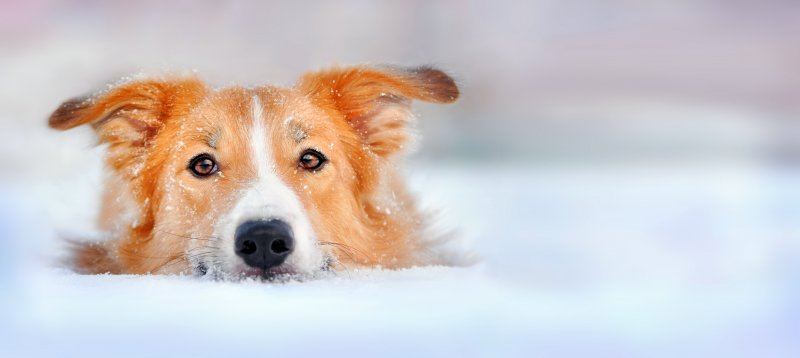WITH temperatures dropping and snow covering many areas, PDSA vets have issued advice on spotting the signs of hypothermia in your pets.
PDSA Vet Nurse Nina Downing explains: “Hypothermia is when a pet’s body temperature drops dangerously low. It can be very serious and, if not treated quickly, it can cause their body to shut down, which is fatal.”
Symptoms of hypothermia:
- Shivering – this is a natural response to help the body warm up. However, if they become too cold they may stop shivering.
- Drowsiness, confusion, clumsiness.
- Pale gums.
- Collapse or loss of consciousness.
First-aid for hypothermia:
- If they are wet, dry them with a towel.
- Warm them with blankets underneath and over them.
- If your pet is awake and able to drink, give them some lukewarm (not hot) water.
- Slowly increase the temperature around them, but don’t warm them up too quickly, or burn them with anything hot such as a hot water bottle.
Call your vet
Nina added: “First aid is vital and can mean the difference between life and death. But even if your pet seems to recover, it’s important to contact your vet and get your pet properly checked over, in case of any long-term damage. It’s important for pet owners to know the symptoms of hypothermia, and to know what to do if they spot them, but prevention is also key.”
To help pet owners, Nina has put together some easy steps we can take to keep our pets safe during the freezing weather:
- Make sure your pets have a warm, comfy bed, in a draught free area of the house.
- Never leave pets locked outdoors, ensure they can always access shelter and warmth.
- If your cat prefers to spend time outside, make sure they can always come inside when they want to. Providing an alternative option, in case cat flaps get frozen shut or blocked by snow, is also a good idea.
- Don’t leave pets in cars – the inside temperature can quickly became as cold as the outside, even if you’ve just been driving with the heating on.
- If your pet is very young, elderly, underweight or poorly then they are at higher risk of hypothermia. They can’t control their body temperature well so need extra care to keep them warm. High risk pets should only go outside for short times in cold weather, and should be closely supervised. Give them extra bedding and consider getting a pet-safe heat mat.
- Don’t forget small furries and bring their hutches inside – a car-free garage or shed with a window is ideal. Give them extra bedding and check their water frequently in case it freezes.




























